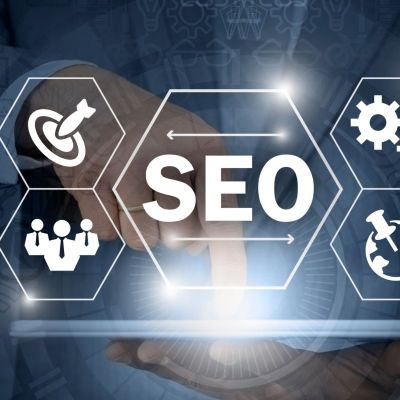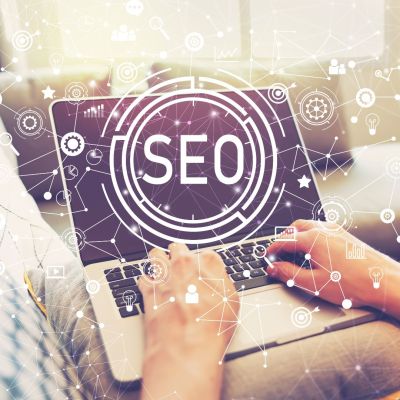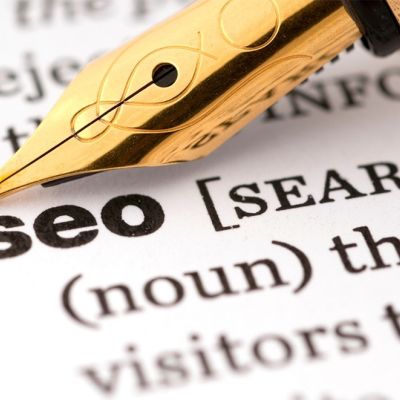The Perfect Landing Page Designs For Ads
Table of Contents
Landing pages are arguably one of the most crucial aspects for generating leads, and yet several companies out there avoid using them entirely. Companies prioritize their homepage, and with good reason. After all, your homepage is the first thing that your visitors notice when they visit your website.
The average conversion rate of a homepage is anywhere between 1-3%, which means that it converts an incredibly small portion of a website’s traffic. A landing page, on the other hand, is crucial for a website as it offers a specific platform to convert visitors into leads effectively.
On average, landing pages are proven to have a 5-15% conversion rate, and yet very few businesses focus on leveraging them. The reason for this is that most companies’ primary focus on leading their customers to their website. They do not necessarily care about how their potential customers get there, and what they do once they are there.
Why a Landing Page Matters
But landing pages have a crucial role to play in conversions. Today, social media, pay-per-click advertising, email advertising, and other channels are used to direct potential customers to a website. Marketers use these different avenues to direct visitor traffic to specific landing pages that contain the right messages for specific audiences.
The primary goal of a landing page is to let your customers know what you want them to do and why they should consider doing it. Even though a homepage is an essential component of a website, it serves the masses and is a lot less focused on a specific task.
While homepages are ideal for direct traffic, landing pages are the perfect place to send customers if you wish to control how they end up on your website. When done right, landing page ads can have a significant impact on lead generation.
However, you also need to get the ad content and layout right. The information on it needs to be engaging and easy to digest. It also needs to garner the visitor’s interest to delve further into the website for the services or products they need. For this to happen, you need to keep certain aspects in view while designing landing pages, and here we take a look at what these are:
1. Avoid Using Your Homepage As A Landing Page
Homepages get pretty crowded and have too much messaging, which results in your customers feeling lost. Regardless of how great your homepage or sub-pages are great, a landing page ad will prove to be much more effective at converting visitors into leads. It is because the latter is entirely focused on a single task. A landing page needs to have these elements:
· A short explanation of what you’re offering
· A form to capture customer information. In case you cannot incorporate a form, include a large CTA button that helps direct customers to the next step
· A headline and sub-headline(optional)
· A supporting image or video
· Supporting elements like security badges, testimonials, and company logo
2. Consider Removing Or Limiting Extra Navigation
The main purpose of an ad on the landing page is to encourage customers to take a particular action. Its goal is to keep customers on a website until they’ve completed that specific action. Exiting the navigation can result in them merely wandering. Make sure that the layout of the landing page ad leads them to the next action or page, without navigating to any other pages of the website.
3. Only Request For What You Need
There is no specific number of fields required in regards to web forms. However, the simple rule is that you only ask for what you or your sales team needs. Always steer clear from asking for sensitive information. Also, avoid using the term “submit” in all forms. Consider using phrases that relate to the service they are getting. For example, “Get Your Free Evaluation,” “Download Now,” or “Join Our Mailing List.”
4. Always Prioritize Value
Avoid creating a landing page to download a fact sheet. It’s far better to create a landing page for the informative whitepaper. Avoid using landing pages for a “Contact Us” form. Instead, consider using a landing page for a free trial, an evaluation, an informative guide, or a demonstration. Offer something valuable in the ad that can result in generating more leads.
5. Reduce the Chances of Friction
Friction is caused when an object on the screen prevents visitors from carrying out a task. It can either be a result of too much information on the screen (which complicates things), adding unnecessary animation that distracts visitors, or the lack of security. You want to help your visitors feel confident in proving sensitive information.
Keep your landing page ad simple so that your visitors don’t get confused with all the content being presented to them. Also, incorporate proof elements like the number of downloads, customer testimonials, and security badges in case you’re dealing with sensitive information like credit card details.
6. Keep Your Goal Straightforward and Clear
Avoid adding excessive information on the landing page and cramping it up. See to it that the purpose of your landing page is crystal clear, so your visitors know what to do. Reduce the number of images, links, copy, and media and have only the necessary information and elements. Ensure that the content is structured correctly, is in a logical order and that the CTA is as clear as possible.
For any information about our digital marketing services, feel free to contact us at Aliado Marketing Group via this online form, and we’ll be in touch as soon as possible!
Categories
Latest Articles
Stay up to date
with news and
educational information
[hubspot type=”form” portal=”5213843″ id=”b19f3e1c-0beb-4946-9d04-2bb47dfa17e0″]











Leave a Comment
You must be logged in to post a comment.